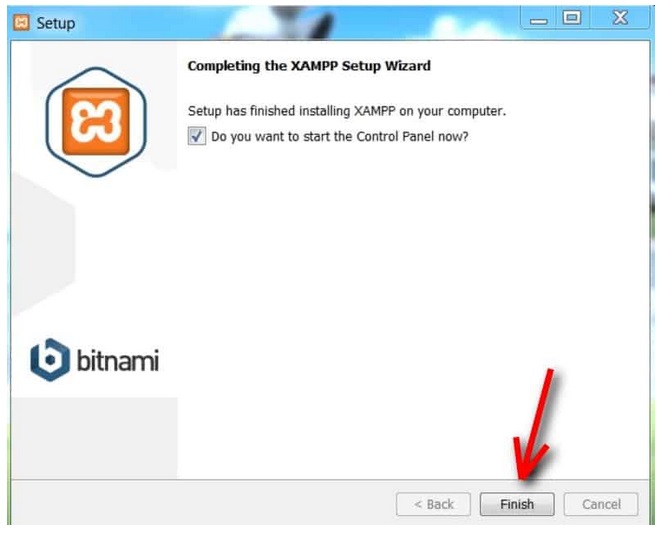

Issue: Here’s another error message you might receive: If you still get the Reflection Exception error and you’re using Redis, use this command to clear your Redis cache and try again: $ rm -rf var/cache/* di/* generation/* page_cache/* Enter the following commands (again, you’ll need to have root privileges for your Magento file system to do so): Solution: To fix this problem, the directories and files under Magento’s var subdirectory will need to be cleared, and then you’ll need to install Magento again. exception 'ReflectionException' with message 'Class MagentoFrameworkStoreManagerInterface does not exist' in //lib/internal/Magento/Framework/Code/Reader/ClassReader.php Issue: During installation, you may run into an error message that looks like this: If you’re using nginx, you’ll also need to add a timeout setting to the location ~ ^/setup/index.php section of your nginx host configuration file:Īnd if you’re using Varnish, you’ll need to add a timeout limit value to the backend section of your default.vcl file:

Database Name: paste the databse name that we created in Step 1.

Xampp install stuck password#
Password: enter the password goes with the entered username to access your host.Username: enter the username to access your host.In this example, we install in localhost so the hostname will be "localhost" but if you install from your hosting, you have to enter your hostname. Hostname: enter your hostname in this field.Database type: select the database type: MySQLi or MySQL.Step 2 - site login account configurationĪdd the super admin user account. Confirm Admin Password: retype the admin password to confirm.Admin Password: enter the password for the admin account.Admin Username: add the username of the Admin, this is the username to login the back-end panel as Super user so make user you remember the username.Admin Email: add the email of Administrator, you configure to send the configuration detail to the email.Site Name: enter your site name to the field.Select your language for easy management. Select Language: as Joomla supports many languages, select the language that you want your website to be.Step 1 - select your site language and add site name From that point on, follow the install wizard. Enter the URL for your site in your browser (example: The installation screen will (should) come up.


 0 kommentar(er)
0 kommentar(er)
